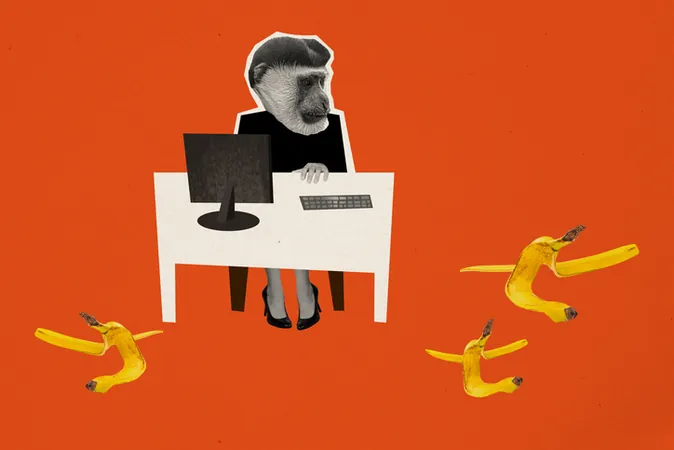
The Nano Banana Revolution: Is AI Taking Over Creativity?
2025-09-17
Author: Li
Introducing the Nano Banana Phenomenon
The internet is buzzing about the quirky "Nano Banana" figurines, but these little creations are more than just a trend. For AI engineers, they're a revolutionary proof of concept for a new breed of multimodal foundation models. Known formally as Google's Gemini 2.5 Flash Image, this model is transforming the creative landscape by shifting control from artists to engineers, marking a pivotal moment in the debate over AI's role in creativity.
Is Manual Creativity Becoming Obsolete?
Gemini 2.5 Flash Image presents a compelling case against the traditional methods of image creation. Its groundbreaking architecture, designed from the outset to analyze both text and image, fosters an intricate conversational workflow that goes beyond simple text-to-image functions. With features like the 'generateContent' method, users can seamlessly prompt edits to images—such as adding a stunning sunset or changing a jacket to leather—while maintaining the integrity of the original subject.
This kind of consistency, which previously posed challenges for earlier models, could spell trouble for manual creators. The ability to rapidly generate product catalogs or diverse ad creatives with a single character—without needing an artist to redraw every asset—offers a speed and cost-efficiency that’s hard to ignore (at just about 0.039 USD per image). This automation paves the way towards potentially replacing the tedious manual editing processes that have long dominated the industry.
But Are Artists Really Out of a Job?
Despite its impressive capabilities, Gemini 2.5 Flash Image isn't without its shortcomings. It still heavily relies on human input for several reasons.
The Limitations of AI Creativity
For one, while its conversational interface is user-friendly, it lacks the precise control artists are accustomed to. Unlike tools like Photoshop or Blender, Gemini doesn't allow for intricate manipulation at the layer or vertex level. This limitation makes it nearly impossible to achieve the fine-tuning that's often necessary for high-fidelity tasks such as logo design or color gradients without further manual adjustments.
Additionally, the model isn’t immune to ‘hallucinations’—a term that describes how AI can mistakenly create errors or artifacts, especially during complex, multi-turn prompts. To resolve these inconsistencies, human verification remains essential, whether that person is an artist or a specialist.
Artistic flair is another area where Gemini 2.5 Flash Image falls short. While it excels at generating consistent results, it struggles with stylistic creativity when compared to other specialized models like Midjourney, which are known for producing unique and aesthetically rich images. This gap highlights the reality that while AI can enhance creativity, specialized tools will still be vital for particular tasks.
A New Era for Creatives
While the emergence of Nano Banana signals exciting technological advancements, it doesn’t spell doom for artists. Instead, it heralds a new era in which creative roles may evolve. The challenge ahead for agencies will be to design a creative structure that empowers artists, liberating them from mundane tasks without fully replacing their expertise.
With Gemini 2.5 Flash Image, we're not just generating images; we're crafting the future of creative collaboration. Artists of tomorrow will be those who master the art of working alongside these AI partners. In this new landscape, true creativity will thrive in how we harness this powerful technology.

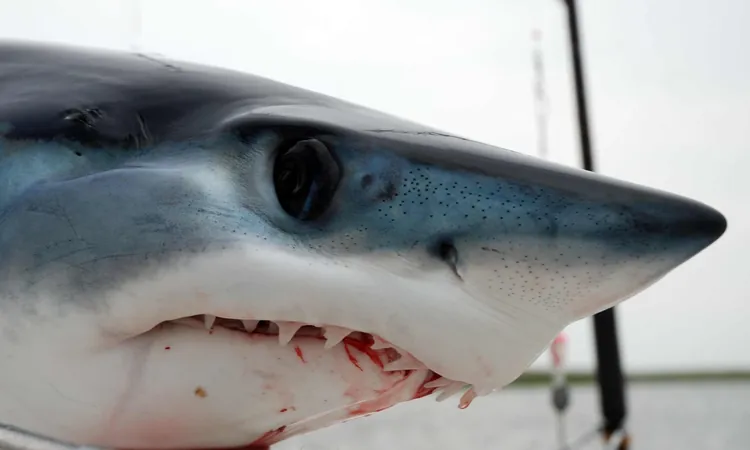
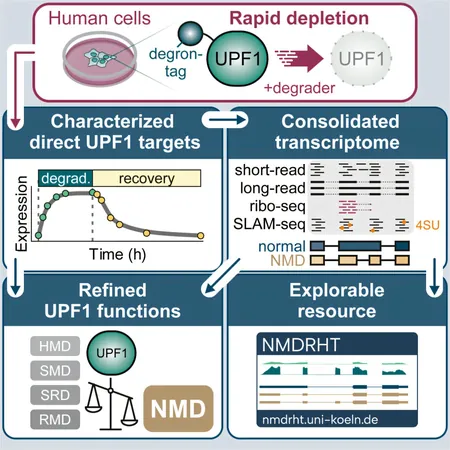
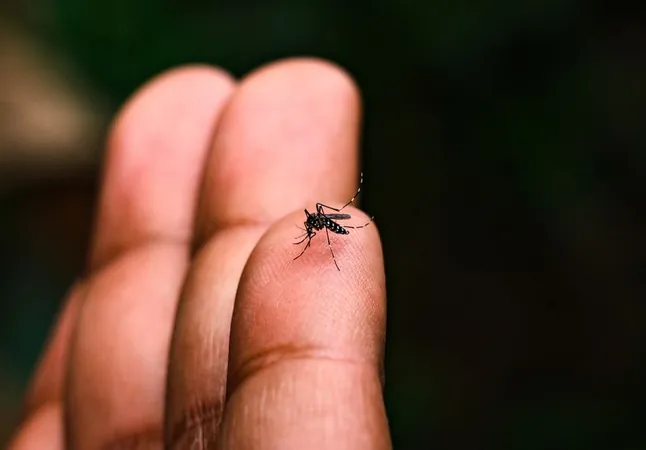

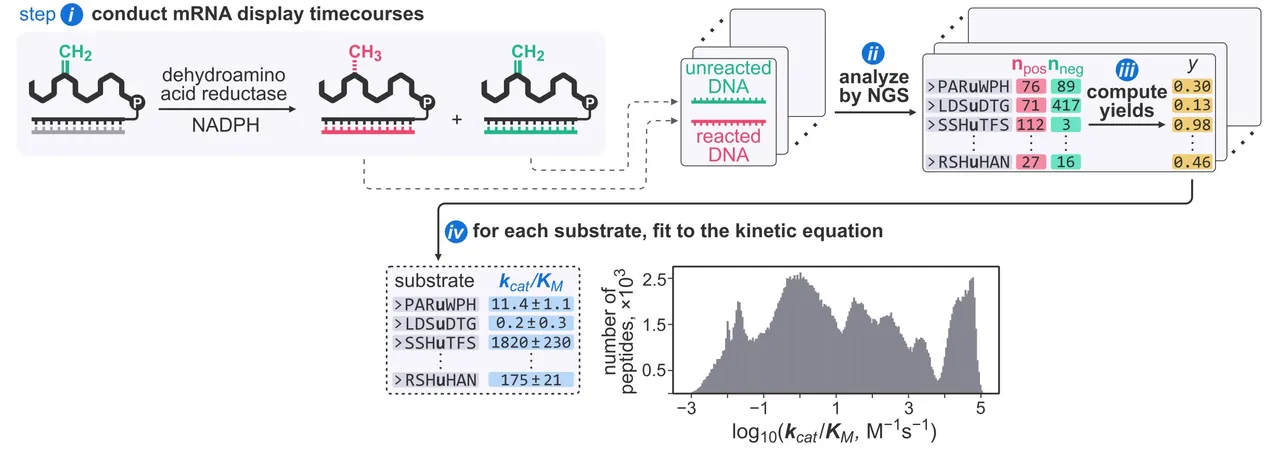
 Brasil (PT)
Brasil (PT)
 Canada (EN)
Canada (EN)
 Chile (ES)
Chile (ES)
 Česko (CS)
Česko (CS)
 대한민국 (KO)
대한민국 (KO)
 España (ES)
España (ES)
 France (FR)
France (FR)
 Hong Kong (EN)
Hong Kong (EN)
 Italia (IT)
Italia (IT)
 日本 (JA)
日本 (JA)
 Magyarország (HU)
Magyarország (HU)
 Norge (NO)
Norge (NO)
 Polska (PL)
Polska (PL)
 Schweiz (DE)
Schweiz (DE)
 Singapore (EN)
Singapore (EN)
 Sverige (SV)
Sverige (SV)
 Suomi (FI)
Suomi (FI)
 Türkiye (TR)
Türkiye (TR)
 الإمارات العربية المتحدة (AR)
الإمارات العربية المتحدة (AR)